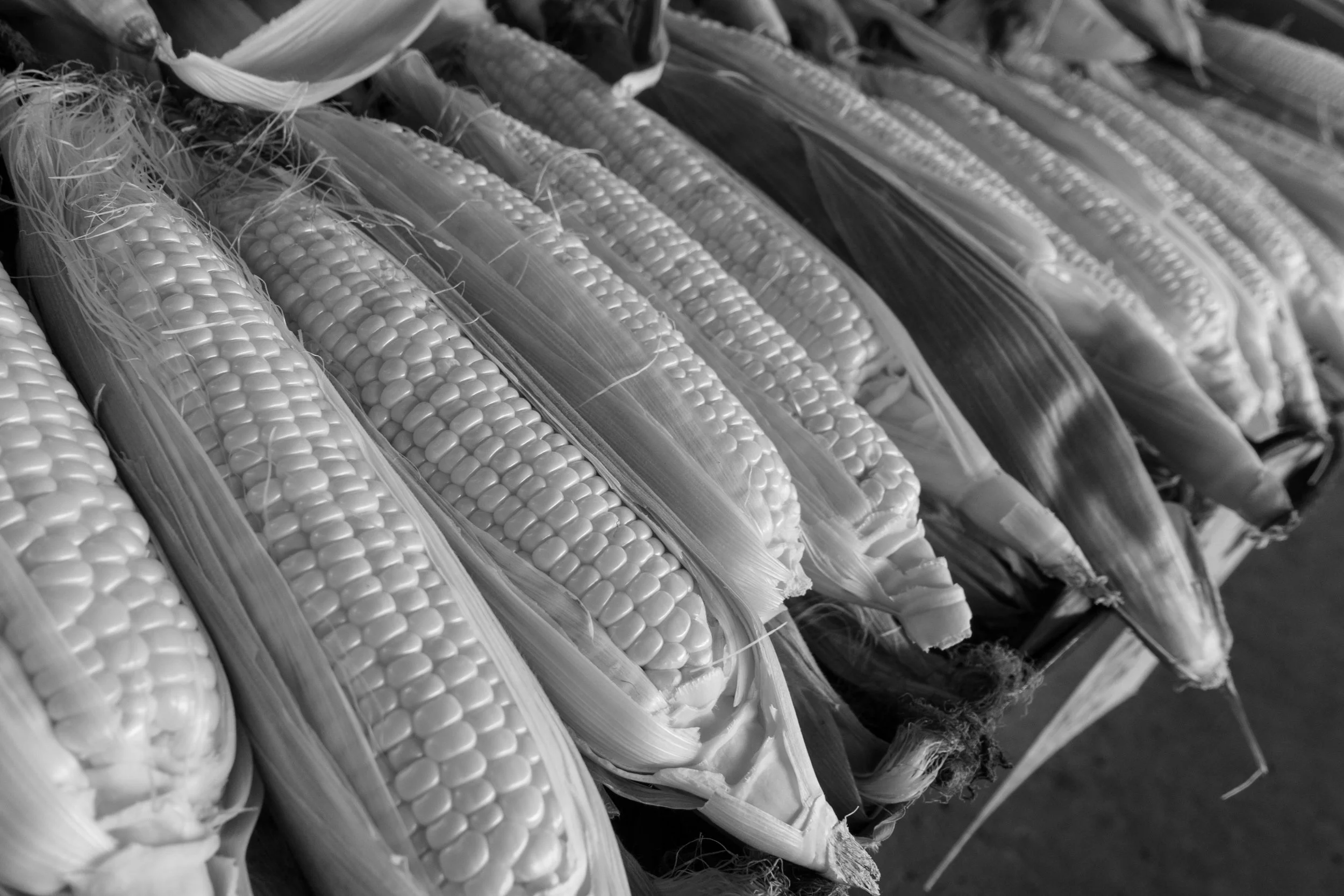Energy-Food Nexus
By Duke Graham, A/G Principal & Founder
I’m always confounded by economic arguments for fossil fuels. Generally, a substance is dug or pumped up to ground level, put through an intensive refining process, transported somewhere else, then burned so that most of the heat is used to spin a turbine and make electricity. And THAT is cheaper than letting sunlight hit panels. And if you look even further up the streams, both final products originate with the sun since fossils were plants or animals. Why are the cheapest kilowatt-hours the most processed? Shouldn’t each action performed on something increase its price?
When I read Michael Pollan (OK, audio book in LA traffic) it struck me this paradox has a direct connection to food. In a supermarket, the cheapest calories are the ones that have been processed the most. Corn and soy beans that have been refined into sugary syrup and processed and packaged in any number of ways are actually cheaper than ears of corn and soy beans, on a dollars per calorie basis. So, the cheapest calories are the most processed.
These ideas must be more than coincidence. In fact, calories and kilowatt-hours are just different units of energy, like miles and kilometers are for distance (1 kWh = 860 calories or so). And the origin of any and all of both of them is the sun! And of course, there are many other connections: the more processed forms of both energy and food cause harm to the planet and our bodies, generate more waste, and cost more to clean up. And there are long-standing industries and politics perpetuating these skewed economies.
It appears the economics of the energy industry are approaching the “parity” point sooner than the food industry, so the price of solar energy is approaching the price of energy derived from fossil fuels. What are the differences between the energy and food industries that are making this happen? Why isn’t the price of corn approaching the price of corn syrup?
Demand of consumers is likely an important factor, among many others that I don’t fully grasp. But to focus on demand, systems like LEED transformed the built environment, slowly but surely. There are food labels and ratings; Certified Organic comes to mind. But would a broader national rating system have the LEED-effect on our food system? A designation for groceries and restaurants indicating how “whole” their products and processes are?
These supply chains are complicated and entrenched. They are interrelated, and the transition to simpler sustainable consumption is daunting. Demand-side pressure yielded results in the built environment. I think we can learn from LEED. It isn’t perfect, but it was widely adopted, and it made real change happen. LEED for FOOD? FEED? What should the F.E.E.D. stand for?
I gotta go. I’m hungry…

